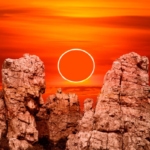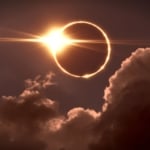A Serpent In The Sky?
Learn more about the mythology surrounding the constellation Serpens, who uses it in their company logo, and when and where to view it.
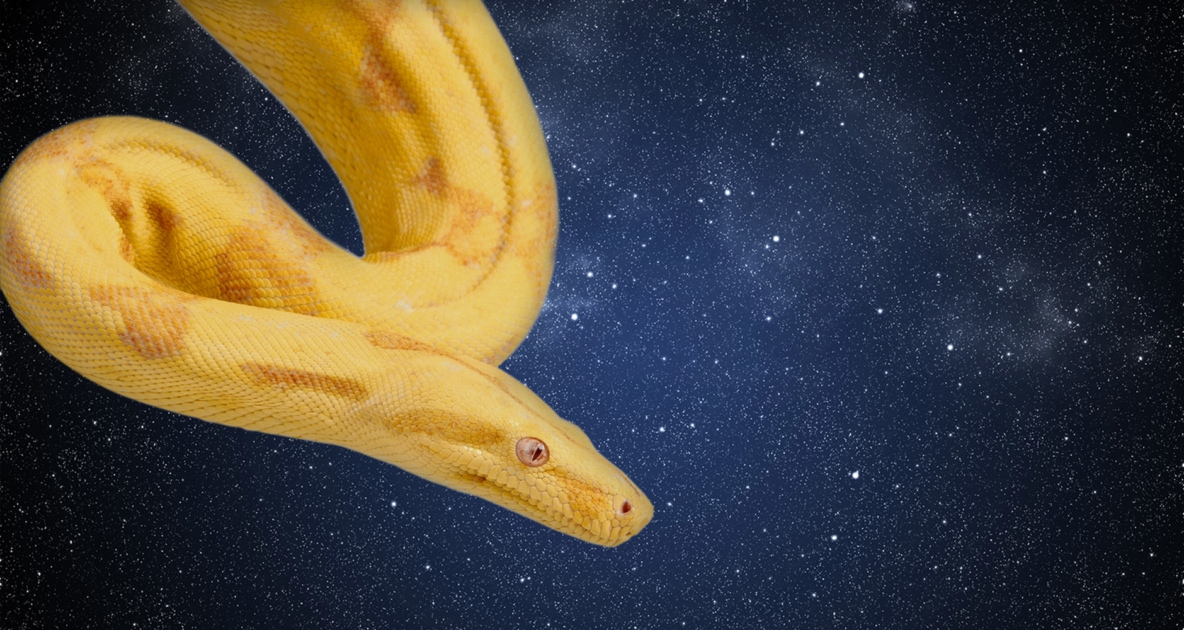
Normally, if you wanted to see a snake, you would look down, but that’s not the case with Serpens, an ancient star formation that slithered its way into Greek astronomer Ptolemy’s catalog of 48 constellations all the way back in the Second Century.
Serpens is a highly unusual constellation because it is split into two parts, separated by the constellation Ophiuchus, the Serpent Bearer. The two halves of the constellation are referred to as Serpens Caput, or the Serpent’s Head, and Serpens Cauda, or the Serpent’s Tail. Together, they contain 65 stars.
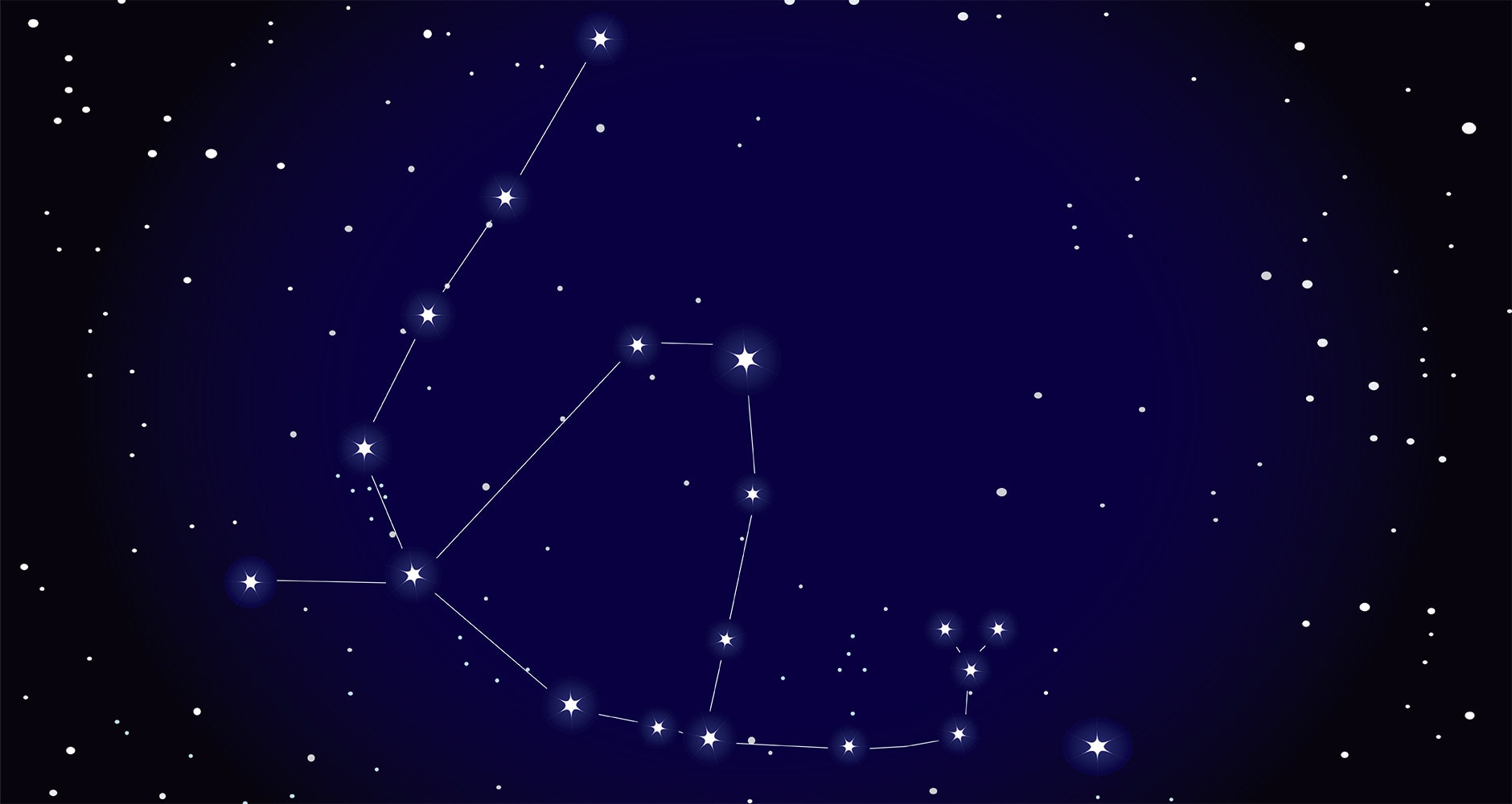
The Legend
Ophiuchus is thought to represent Aesculapius, the Greek god of medicine who never lost a patient by death. This angered Hades, the god of the Dead, who threatened to make trouble. So to keep peace among the gods, Zeus transported Aesculapius to the stars.
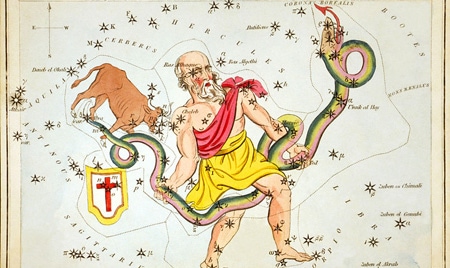
As Ophiuchus, he is holding the Serpent which is still the symbol of the medical profession, made most familiar to us by the caduceus insignia of our Army’s Medical Corps (and is also the “Blue Shield” portion of the Blue Cross/Blue Shield logo).
To the naked eye, four stars brighter than magnitude 4.5 mark the head of Serpens. The three brightest — Beta, Gamma, and Kappa Serpentis — are set in a nearly equilateral triangle. Off to the south and noted on this star chart is the location of Messier 5, one of the finest globular clusters. Believed to contain over a half-million stars, M5 can be seen without optical aid as a fuzzy “star” on a very dark, clear night.
Small binoculars show a tiny fuzzball. Giant binoculars (10 x 70s and up) show the cluster rapidly brightening toward the center with perhaps the slightest hint of a mottled texture.
When You Can See It
This constellation is best viewed in late July into early August. Right now, Ophiuchus and Serpens can be found covering much of the southern sky between 10:30 p.m. and 12:30 a.m. But by late July, that time frame changes to 8:30 p.m. (sunset) and 10:30 p.m. And by early August they will be due south as darkness falls.
How To Locate It
If you’re facing due south during the times listed above, you will see a very bright reddish star, Antares, which marks the heart of the Scorpion (Scorpius). Ophiuchus and Serpens consist of all the stars that lie directly above Antares, almost to the point directly overhead.

Joe Rao
Joe Rao is an esteemed astronomer who writes for Space.com, Sky & Telescope, and Natural History Magazine. Mr. Rao is a regular contributor to the Farmers' Almanacand serves as an associate lecturer for the Hayden Planetarium in New York City.



